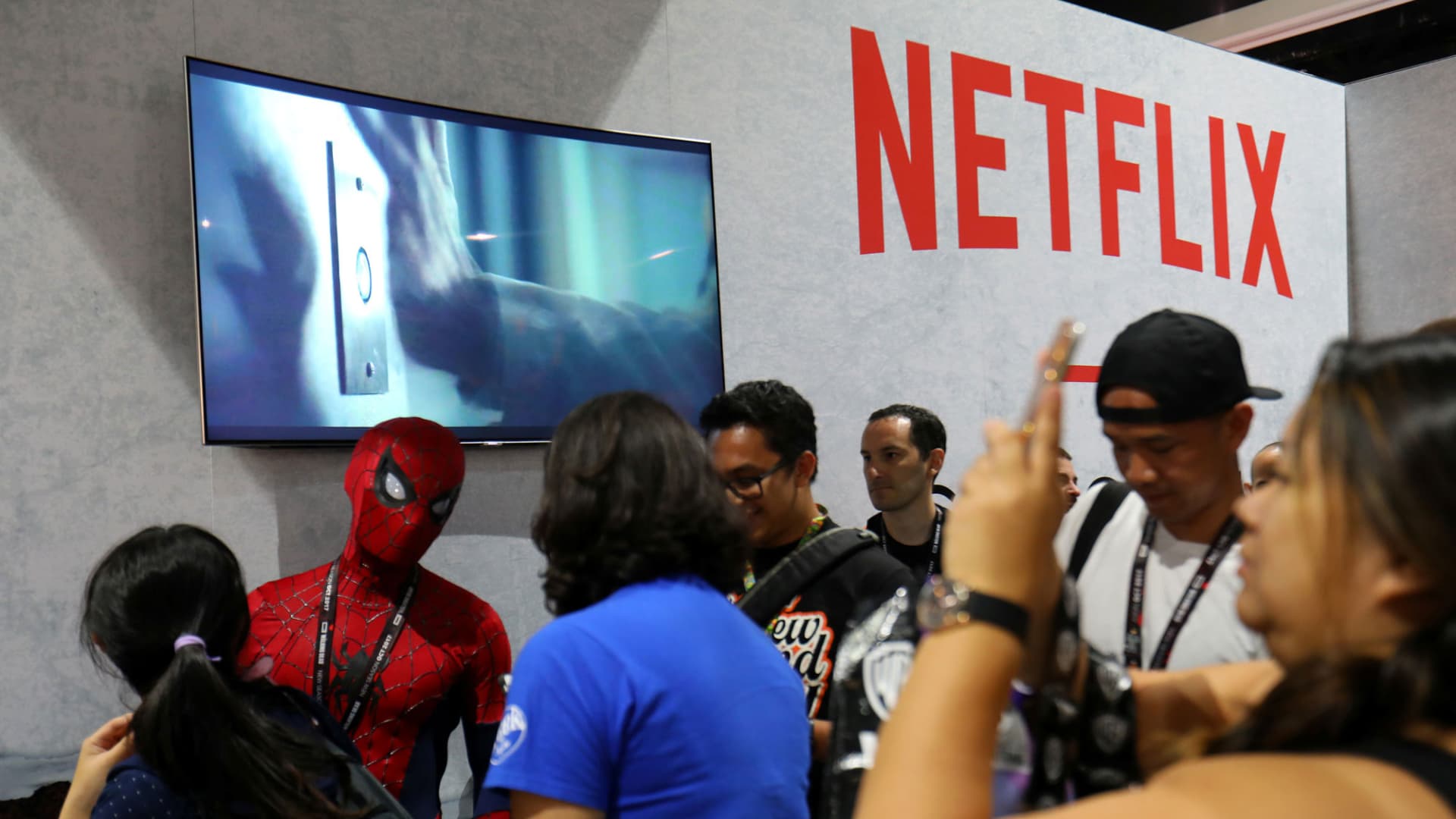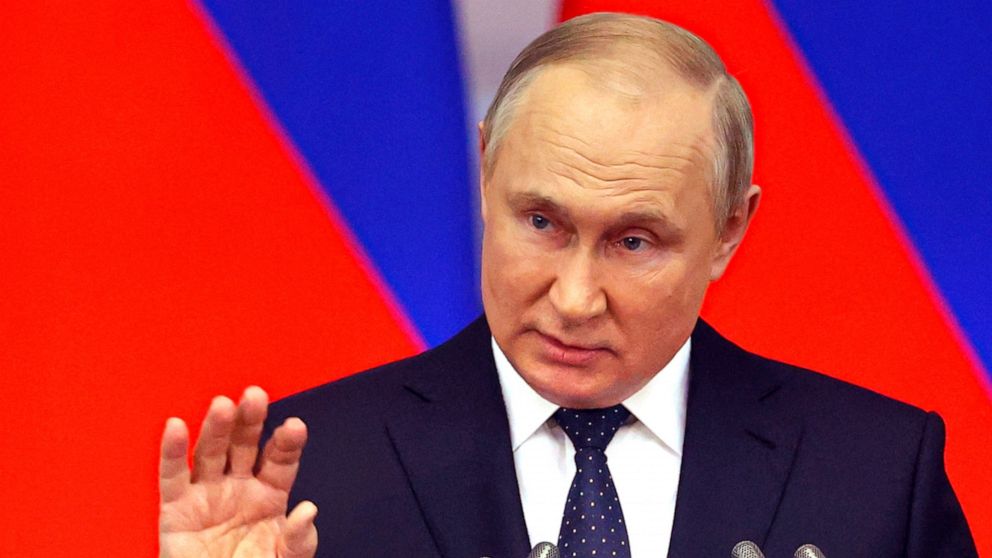However, the same can’t be said about mental health. Despite one in every seven Indians suffering from mental disorders, with onset seen as early as age 14 (Global Burden of Disease Study, 1990-2017), the discourse around mental health is insufficient. The stigma around mental disorders, their portrayal in mass media and prima facie suppression of discussions around it are some of the many reasons for this.
Today, various interventions exist to help people cope with the stressors such as pandemics, wars, fluctuating economies, diseases, poverty, hunger, climate change and so on.
Recently, the spotlight has shifted to post-traumatic disorders, especially considering the Ukraine war. In such situations, mental-health interventions become crucial to achieving balance after a distressing event, which is evident in how Sri Lanka dealt with the aftermath of its civil war. Trying to recover from the ruins of a communal war that lasted more than 25 years, Sri Lankans were left grieving the loss of their identities and loved ones. The nation needed respite, which is why a program that offered a specific school-based intervention was set up to help young children improve their mental health.
The topics covered included safety, stabilization, awareness and self-esteem, coping skills, reconnecting with the social context, and planning for the future. The results showed improvements in participants’ mental health and behavior, including improvements in the ability to settle disputes in a non-violent way. This change on the personal front helped students overcome their contextual stressors and helped them envision a better life.
Such interventions are proof that mental health services and counselling need to become more prevalent and normalized in our society. This is reflected in studies conducted in Indian schools, too. Two studies conducted by NIMHANS in schools in Bangalore implemented an eight-week coping skills program. The study reported clinically significant results, including a reduction in the severity of depressive symptoms, negative cognition, academic stress, and social problem-solving. A 22-point reduction in academic pressure and anxiety was witnessed.
In tribal areas of West Bengal, a two-year life skills intervention by All India Institute of Hygiene & Public Health, Kolkata & Jadavpur University, Kolkata, significantly improved resilience in the intervention group compared to the control group. It also led to improvements in internal locus of control and self-determination and reduced pathological behaviours in adolescents, just three months post-intervention. The intervention resulted in a 15% increase in students’ resilience.
School-level interventions have had tremendous success in India and worldwide, which is why introducing channels that help children learn about the delicate subject of their mental health can be extremely helpful. However, limited pilots are not enough. It is imperative that we take these learnings and scale the intervention for a more widespread positive impact.
But how do we do that?
The National Mental Health Programme (NMHP), launched by the government in 1982, helped make mental-health knowledge available to healthcare professionals to increase access for individuals in need. However, despite efforts to institutionalize mental health through various interventions, the treatment gap in India for common mental disorders is significant. Statistics published by the Indian Journal of Psychology in 2019 suggest that 95 out of 100 people with common mental disorders are unable to access the help the need.
Furthermore, despite the program’s launch in 1982, the requisite capacity, in terms of personnel numbers and skill sets, is yet to be fully realized. India has 0.75 psychiatrists per 100,000 people, while the desirable number, as stated by the Ministry of Health and Family Welfare, is anything above three psychiatrists per 100,000.
Currently, while services exist within the mental-health program, comfort around seeking this support is still lacking due to the stigma surrounding the subject. This is why it is crucial to spread awareness and normalize the act of seeking help. Awareness from a young age could also encourage some students to pursue a career in mental health, thus helping to address the capacity gap.
With recent developments in the National Education Policy and its effort at mainstreaming mental health as part of the education curriculum, it’s clear that we have the mechanism to disseminate this information.
The need for such systems is imperative as the recent NCERT survey indicated that 81% of respondents identified academics as a significant source of anxiety. The survey also revealed that students’ happiness levels tend to decline as they progress through the school system.
However, in the aftermath of the pandemic, simply increasing awareness isn’t enough. We need proper guidance and resources for students at the school level. These could be in the form of mental-health seminars, resources for improving life skills, or just an in-house counsellor in every school.
The problem is known, and so are the solutions. But the extent of the problem needs to be studied at regular intervals. Our research suggests there is a dearth of relevant and updated data, which leaves us ill-prepared to tackle the mental-health challenge as a country. The World Health Organization has declared mental health as a human right. Let’s work together to make it so.
Nilay Sagar is deputy manager – research, and Aishwarya Bhatia is content strategist at Sambodhi Research & Communications, a social impact advisory.
















